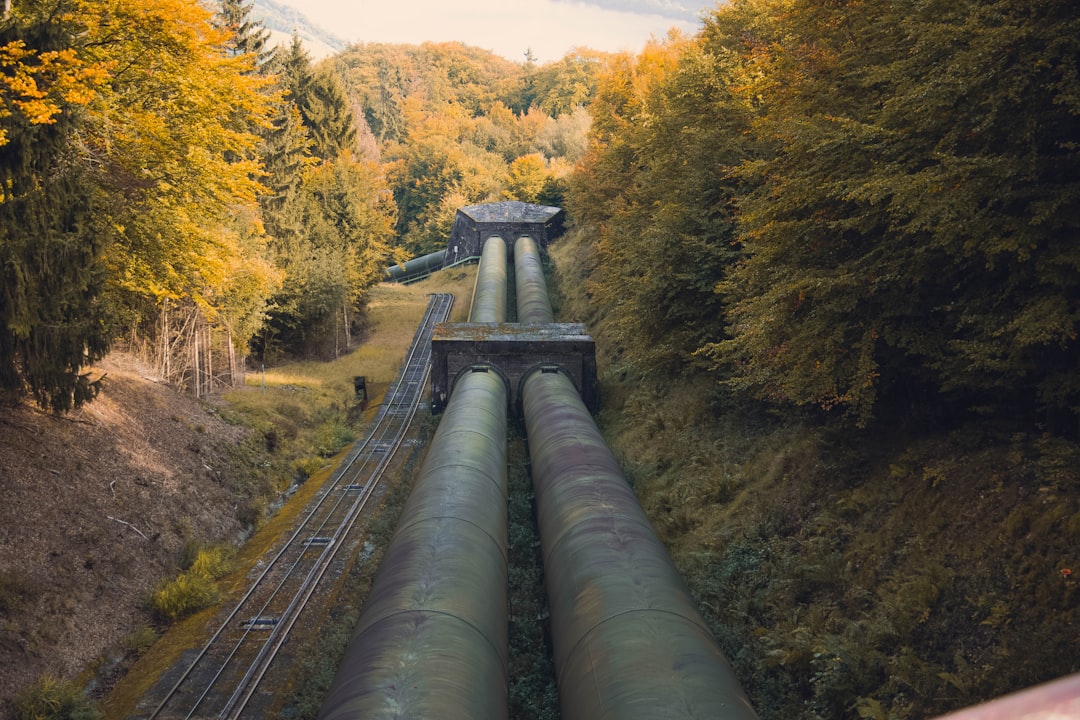Nord Stream Leaks: Wildlife Impact
A short overview over existing research
According to some back of the envelope math Nord Stream 2 alone contains the greenhouse gas equivalent of approximately 10% of Denmarks annual emissions
1. I wonder what the impact on flora and fauna in the Baltic Sea could be.

There is not a whole lot of existing material on the topic. Lott 2011
2 concludes that the “[…] scientific certainty regarding the behaviour of hydrocarbon gases in the natural waters and especially their impacts on water organisms, populations, and ecosystems is very limited.“ and provides some helpful research directions. The paper also highlights the specifics of the Baltic Sea making it highly suspectible to such impacts:
The Baltic Sea is the world’s largest body of brackish water with a mean depth of 54 meters. Due to its semi-enclosed nature, shallow entrance in the Kattegat (23 metres) and a threshold depth in the deepest channel near the Swedish coast of merely 20 metres, the complete renewal of water in the Baltic Sea takes 20-30 years. These general factors, in combination with cold water, are the main causes of the particular sensitiveness of the Baltic Sea marine environment. Due to its role as the final reservoir of pollution in the whole Baltic Sea catchment area where a population of about 85 million people live, the state of the Baltic Sea has been described as disastrous.
It is likely that the environmental damage will be severe and needs to be accounted for. At this stage the situation is still developing and I hope it does not escalate further.

Member discussion